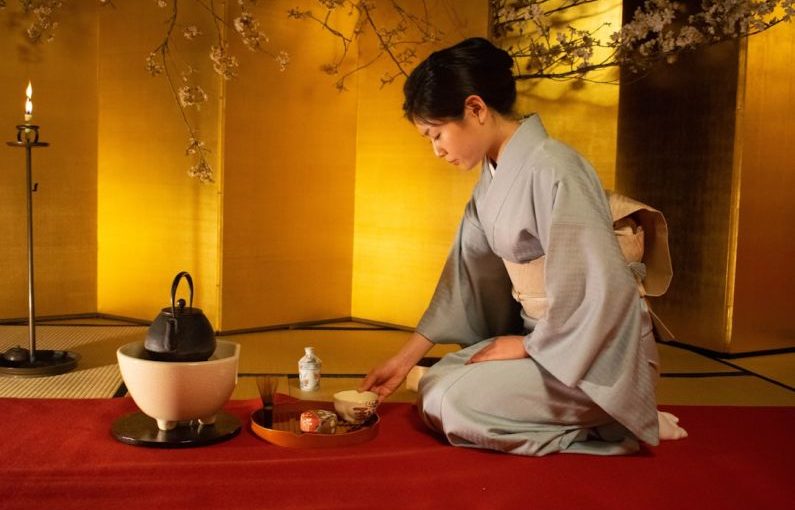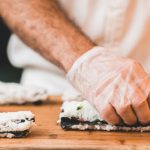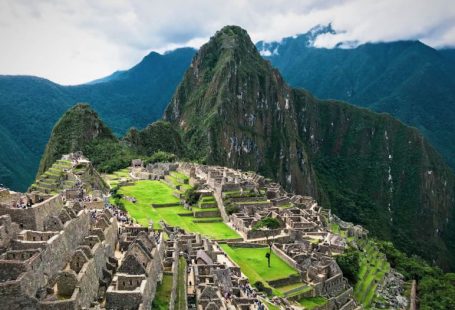The Intricate Art of the Japanese Tea Ceremony
The Japanese tea ceremony, known as chanoyu or chado, is a traditional ritual that has been an integral part of Japanese culture for centuries. Rooted in Zen Buddhism, the tea ceremony is a harmonious blend of art, culture, and spirituality. This centuries-old practice is not just about brewing and drinking tea; it is a profound meditative experience that emphasizes mindfulness, respect, and tranquility. To truly understand the essence of the Japanese tea ceremony, one must delve into its intricate rituals and symbolism.
The Philosophy of Harmony and Respect
At the heart of the Japanese tea ceremony lies the concept of harmony, known as wa, and respect, known as kei. The preparation and serving of tea are not merely about quenching one’s thirst but about creating a moment of harmony and connection between the host and the guests. Every movement, gesture, and utensil used in the ceremony is imbued with meaning and symbolism, reflecting the principles of harmony and respect.
The Tea Room: A Sacred Space
The tea ceremony takes place in a specially designated tea room known as a chashitsu. This room is designed to create a serene and tranquil atmosphere, free from distractions. The design of the tea room is simple yet elegant, with tatami mat floors, sliding doors, and minimal decoration. The space is meticulously arranged to promote a sense of harmony and mindfulness.
The Four Principles of the Tea Ceremony
The Japanese tea ceremony is guided by four fundamental principles: harmony, respect, purity, and tranquility. These principles, known as the four S’s, encapsulate the essence of the ceremony and dictate every aspect of the ritual. Harmony refers to the unity and balance between the host, guests, and surroundings. Respect emphasizes the importance of showing reverence and appreciation for the tea, utensils, and each other. Purity symbolizes the cleanliness and simplicity of the ceremony, while tranquility encourages a calm and meditative state of mind.
The Tea Utensils: Objects of Beauty and Function
Central to the Japanese tea ceremony are the utensils used in the preparation and serving of tea. Each utensil, from the tea bowl to the bamboo whisk, is carefully selected for its aesthetic beauty and functional purpose. The choice of utensils, known as temae, is an integral part of the ceremony and reflects the season, occasion, and personal preferences of the host. The utensils are handled with precision and grace, emphasizing the importance of mindfulness and attention to detail.
The Ritual of Preparation and Service
The meticulous preparation and service of tea in the Japanese tea ceremony are steeped in tradition and ritual. The host, or tea master, performs a series of choreographed movements known as temae to prepare the tea with precision and grace. Each movement is deliberate and purposeful, from scooping the matcha powder to whisking the tea into a frothy consistency. The tea is then served to the guests in a prescribed manner, symbolizing the host’s respect and hospitality.
The Tea Ceremony: A Path to Enlightenment
Beyond its aesthetic beauty and cultural significance, the Japanese tea ceremony is a spiritual practice that offers a path to enlightenment and self-awareness. By immersing oneself in the ritual of preparing and serving tea, one can cultivate mindfulness, presence, and inner peace. The ceremony serves as a reminder to slow down, appreciate the moment, and connect with others on a deeper level.
In conclusion, the Japanese tea ceremony is not just a cultural tradition but a profound spiritual practice that embodies the principles of harmony, respect, and mindfulness. Through its intricate rituals and symbolism, the tea ceremony offers a glimpse into the rich cultural heritage of Japan and provides a gateway to inner peace and enlightenment. Embracing the art of chanoyu is not just about drinking tea; it is about embracing a way of life that celebrates simplicity, beauty, and connection.





